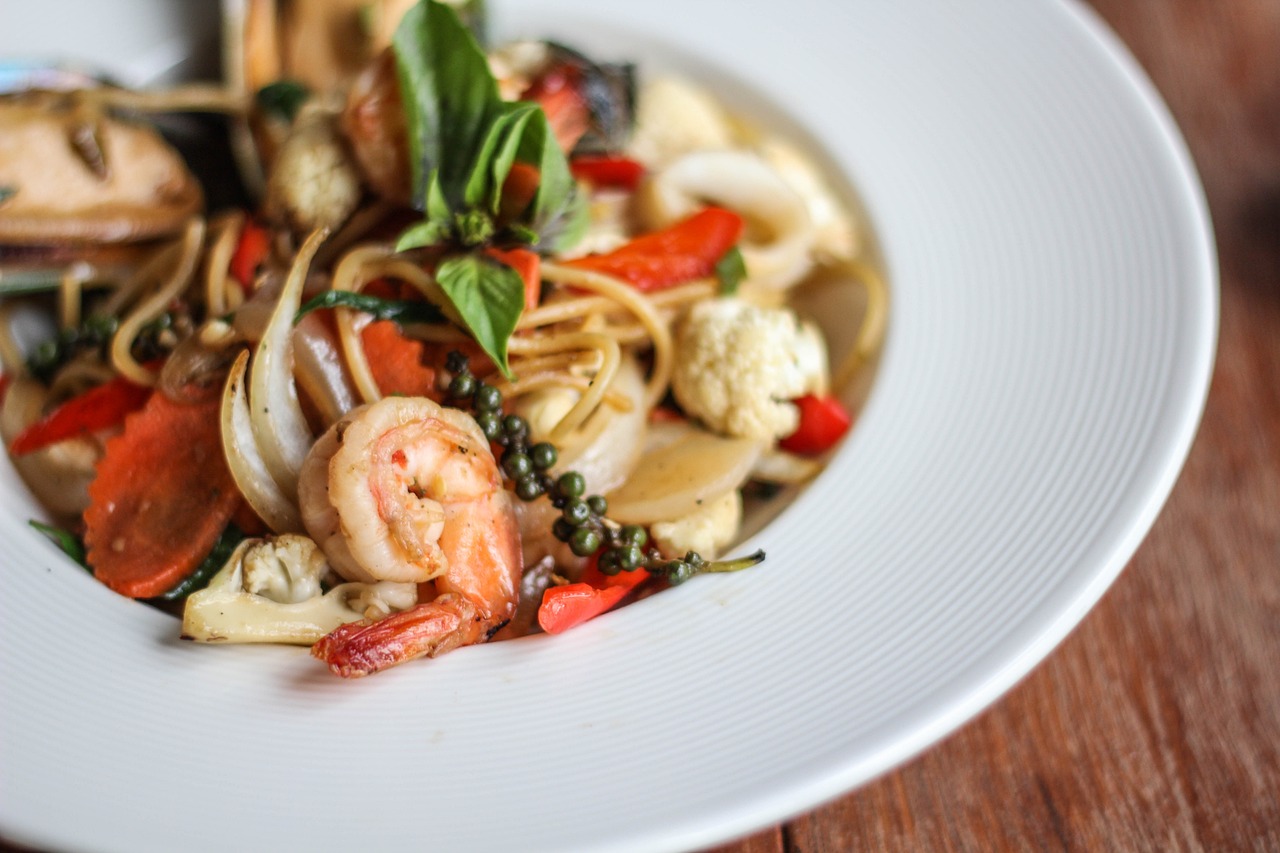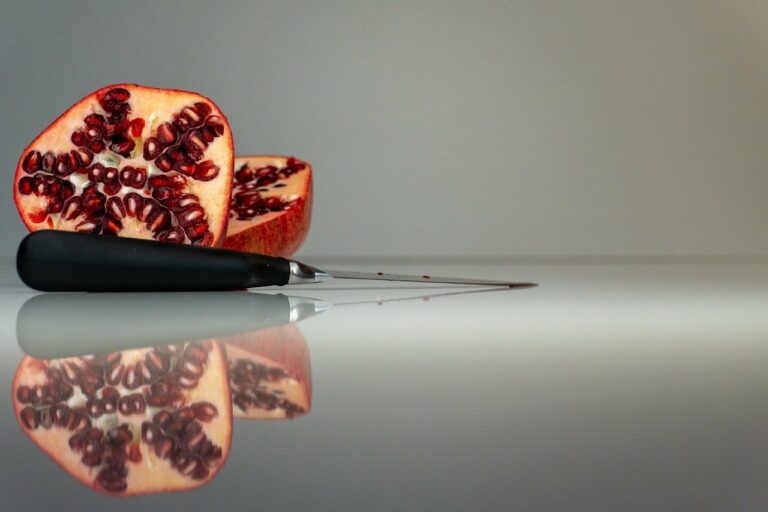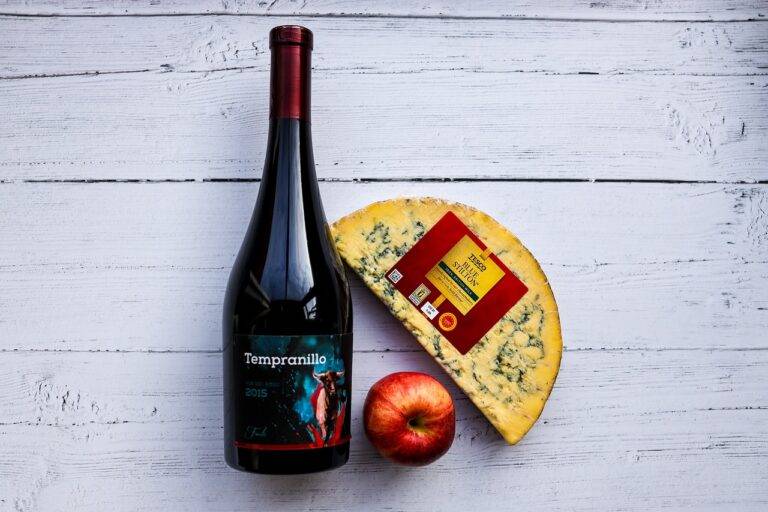The Art of Food Preservation: Modern Techniques for Home Cooks
In the realm of food preservation, techniques and tools play vital roles in maintaining the freshness and quality of perishable items. One common method used in households is canning, where food is sealed in airtight containers to prevent spoilage. This technique requires the use of glass jars, canning lids, and a boiling water bath or pressure canner for safe preservation.
Another key tool for food preservation at home is the vacuum sealer, which removes air from packaging to extend the shelf life of items such as meats, fruits, and vegetables. By sealing food in a vacuum-sealed bag, oxygen exposure is minimized, helping to deter the growth of bacteria and mold. This method is particularly effective for storing bulk items or leftovers for extended periods.
Understanding the Science Behind Food Preservation
Preserving food at home is not merely a matter of storing it in the refrigerator or freezer. Understanding the science behind food preservation is crucial to maintain the quality and safety of the food we consume. Many factors come into play when it comes to preserving food, including the growth of microorganisms, enzymatic reactions, and chemical changes that occur over time if food is not properly preserved.
Microorganisms such as bacteria, molds, and yeasts can rapidly multiply in food, leading to spoilage and potential health risks. Enzymes present in food can also cause deterioration by speeding up chemical reactions that break down the food’s nutrients and flavor. By grasping the fundamentals of these processes, individuals can effectively use various preservation techniques to extend the shelf life of their food while retaining its nutritional value and taste.
Exploring Different Methods of Food Preservation
One popular method of food preservation is canning, which involves sealing food in jars and heating them to kill bacteria and prevent spoilage. This can be done using a water bath canner for high-acid foods like fruits and pickles, or a pressure canner for low-acid foods like vegetables and meat. Canning allows for long-term storage of foods without the need for refrigeration.
Another common method is freezing, where food is kept at very low temperatures to halt the growth of bacteria and enzymes that cause food to spoil. Freezing is a simple and effective way to preserve a wide variety of foods such as meat, fruits, and vegetables. Proper packaging is essential to prevent freezer burn and maintain the quality of the food over time.
What are some common techniques for food preservation at home?
Some common techniques for food preservation at home include canning, freezing, drying, pickling, and fermenting.
How do these methods help in preserving food?
These methods help in preserving food by either removing moisture, inhibiting the growth of bacteria, or creating an acidic environment that prevents spoilage.
What tools are needed for food preservation at home?
Tools needed for food preservation at home may include canning jars, a pressure canner, a dehydrator, a vacuum sealer, and fermentation crocks.
Why is it important to understand the science behind food preservation?
Understanding the science behind food preservation helps in knowing the proper techniques to use, the reasons behind certain methods, and how to ensure food safety.
What are some traditional methods of food preservation?
Some traditional methods of food preservation include smoking, salting, curing, and using natural preservatives like vinegar or sugar.
Are there any modern methods of food preservation that are commonly used?
Yes, modern methods of food preservation include irradiation, high-pressure processing, and using chemical preservatives.







